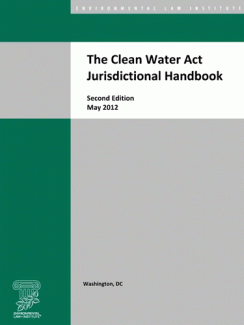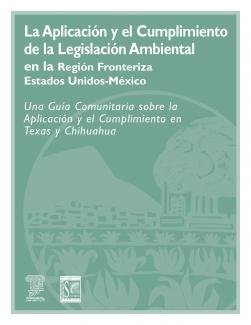Nanotechnology Program
Improving Economic Health and Competitiveness Through Tax Sharing
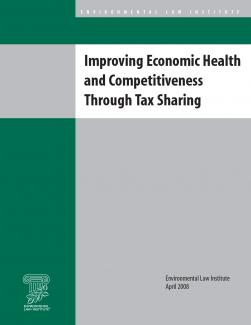
Improving Economic Health and Competitiveness Through Tax Sharing assesses the experience of local governments with schemes that share portions of tax revenues in order to get better development results and avoid sprawl. The report also provides solutions for many of the problems identified in ELI’s Ten Things Wrong with Sprawl, released in 2007.
Anchoring the Clean Water Act: Congress's Constitutional Sources of Power to Protect the Nation's Waters
Recent Supreme Court rulings have called into question federal Clean Water Act coverage for certain wetlands and streams. Legislation recently introduced in the House of Representatives would amend the Act to restate and clarify Congress’s intent to regulate the waters of the United States to the fullest extent of its legislative power. The Environmental Law Institute has issued a new white paper that identifies which constitutional powers Congress can rely on to protect the Nation’s waters, and explains in straightforward language what the Supreme Court has said about these powers.
2005 Status Report on Compensatory Mitigation in the United States
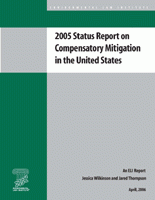
ELI’s groundbreaking mitigation research continues with the completion of the 2005 Status Report on Compensatory Mitigation in the United States. The report, an update of the seminal 2001 Banks and Fees Study, is designed to determine the extent and nature of wetland mitigation banking and in-lieu fee mitigation activities in the nation.
Estimating the Cost of Institutional Controls
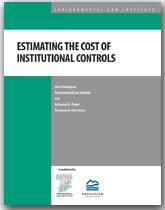
This report, co-produced with Resources for the Future, introduces for the first time a framework that can be used to plan for the types of activities and associated costs required to implement successfully institutional controls (ICs). Institutional controls are used at contaminated sites that are cleaned up to standards based on the assumption that they will be used in ways that will avoid exposing people to hazardous substances that remain in buried soils or groundwater.
NEPA Success Stories: Celebrating 40 Years of Transparency and Open Government
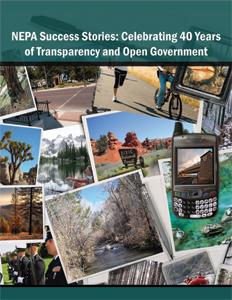
This report presents 13 vignettes of how the National Environmental Policy Act helped improve government decisionmaking through public comment and vetting ideas with other agencies. This is a joint project of the Environmental Law Institute along with the Grand Canyon Trust and the Partnership Project.
